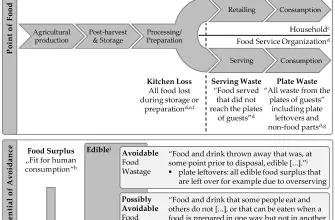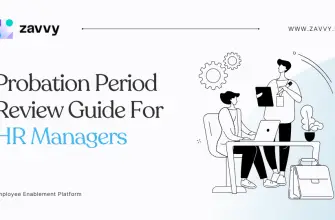Understanding the intricacies of employment law can be a daunting task for employers, especially when it comes to the sensitive issues of layoffs and redundancies. In the UK, these terms have specific legal definitions and implications that can significantly impact both employers and employees. This guide aims to provide a comprehensive overview of UK statutory layoff pay, the difference between lay-off and redundancy in the UK, and the statutory payments involved. We will also delve into the definition of layoff, and how layoff payments are calculated.
Understanding Layoff and Redundancy
Before we delve into the specifics of statutory layoff pay, it’s crucial to understand the difference between lay-off and redundancy in the UK. Both terms refer to situations where an employee’s employment is terminated, but the reasons and implications differ.
What is a Layoff?
To layoff define, it refers to a temporary situation where an employer cannot provide work for their employees. This could be due to a downturn in business, a seasonal lull, or other short-term issues. During a layoff, the employee remains employed but does not work or receive their usual pay. Instead, they may be entitled to statutory layoff pay.
What is Redundancy?
Redundancy, on the other hand, is a permanent termination of employment. This usually occurs when an employer needs to reduce their workforce, perhaps due to financial difficulties, a business restructure, or the closure of a workplace. Redundant employees are entitled to a statutory redundancy payment, provided they meet certain eligibility criteria.
Statutory Layoff Pay
Statutory layoff pay is a form of compensation that employers are legally obliged to provide to employees who have been laid off. The amount is determined by the employee’s age, length of service, and average weekly pay, up to a maximum limit.
Eligibility for Statutory Layoff Pay
Not all employees are eligible for statutory layoff pay. To qualify, an employee must:
- Have been employed continuously for one month or more
- Have been laid off or put on short-time working (i.e., working less than half their normal weekly hours) for four or more consecutive weeks, or a total of six weeks in a 13-week period
- Not have refused any reasonable alternative work offered by the employer during the layoff period
Calculating Statutory Layoff Pay
The calculation of statutory layoff pay is based on the employee’s ‘guarantee pay’ days. A guarantee pay day is a day when the employer guarantees to pay the employee for at least three hours’ work, even if they don’t have any work to provide. The maximum number of guarantee pay days an employee can claim in any three-month period is five.
The amount of statutory layoff pay is the lesser of:
- The employee’s average daily earnings over the 12 weeks prior to the layoff
- The statutory maximum, which is currently £30 per day
Statutory Redundancy Pay
Statutory redundancy pay is a legal entitlement for employees who are made redundant, provided they have at least two years’ continuous service. The amount is based on the employee’s age, length of service, and weekly pay, up to a maximum limit.
Calculating Statutory Redundancy Pay
The calculation of statutory redundancy pay is as follows:
- Half a week’s pay for each full year the employee was under 22
- One week’s pay for each full year the employee was 22 or older, but under 41
- One and a half week’s pay for each full year the employee was 41 or older
The length of service is capped at 20 years, and the weekly pay is capped at £544. The maximum total amount of statutory redundancy pay is £16,320.
Conclusion
Understanding the difference between lay-off and redundancy in the UK, as well as the statutory payments involved, is crucial for employers to ensure they comply with employment law and treat their employees fairly. While layoffs and redundancies can be challenging for all parties involved, a clear understanding of the legal obligations can help to make the process smoother and less stressful.









